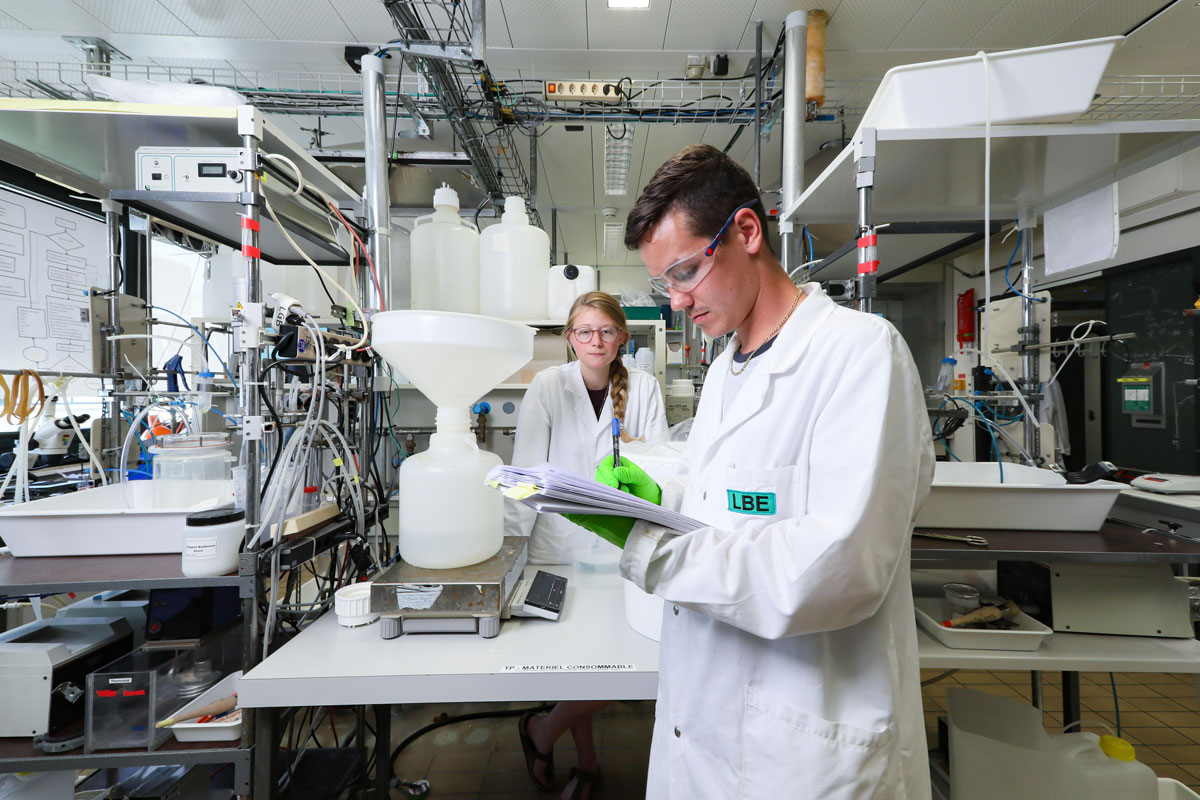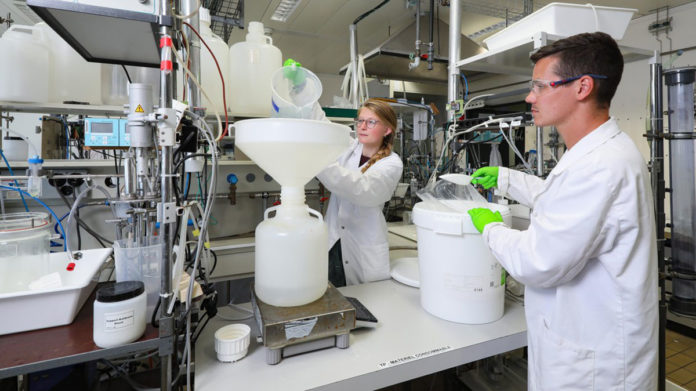The Municipal Wastewater Treatment Plant of Yverdon-Les-Bains, Switzerland, is a conventional plant serving 32.000 populace counterparts and made out of essential sedimentation, the initiated sludge procedure and clarification.
It is the country’s first plant to install a stripping membrane system for nitrogen recovery. Using a polypropylene membrane, the system filters out nitrogen from the rest of the wastewater, after the effluent has gone through some initial processing. By stripping out the nitrogen in this way, plants can both reduce their nitrogen emissions into nearby streams and produce a high-quality liquid fertilizer.
Two master’s students at EPFL chose to focus on Yverdon-Les-Bains wastewater treatment plant for their semester project. They wanted to make the nitrogen recovery process progressively proficient by expanding the fertilizer’s nitrogen concentration to over 40 g/L, as that would cut the expense of storing and shipping the fluid.

Based on the principle of osmotic distillation technique, they developed a method specifically for nitrogen that could be incorporated into existing wastewater treatment processes.
Hames said, “Osmotic distillation has the advantage of being able to concentrate fruit juice at room temperature, meaning the juice’s taste and nutritional properties remain intact. In osmotic distillation systems, a hydrophobic porous membrane lets gas compounds like steam pass through but not liquids. The driving force is generated by a partial vapor-pressure difference between the two fluids separated by the membrane. That’s the same mechanism we used to concentrate the nitrogen in the liquid fertilizer.”
The students tested their new osmotic distillation method at a pilot unit provided by Membratec, a Sierre-based firm that develops membrane technology for wastewater treatment. The group consisted of two 25 L wastewater reservoirs, pumps and two metallic cylinders containing a stripping membrane. They ran tests on the closed-loop system using a fluid with the same composition as the fertilizer supplied to the Vaud farmer.
Ott said, “I liked the trial-and-error aspect of the project and the opportunity to discuss our progress week by week with a Membratec engineer. It was nice to take a break from the classroom and spend the day running lab experiments. And it was motivating to know that there could be a concrete application for the work we were doing.”
The students weren’t the only ones to gain from the project. Christophe Bonvin, who oversaw their work at Membratec, viewed it as a win-win experience: “We enjoyed coaching the students. It’s impressive how much students can contribute when they’re motivated and well-guided, and when the scope of their projects is clearly defined.”
